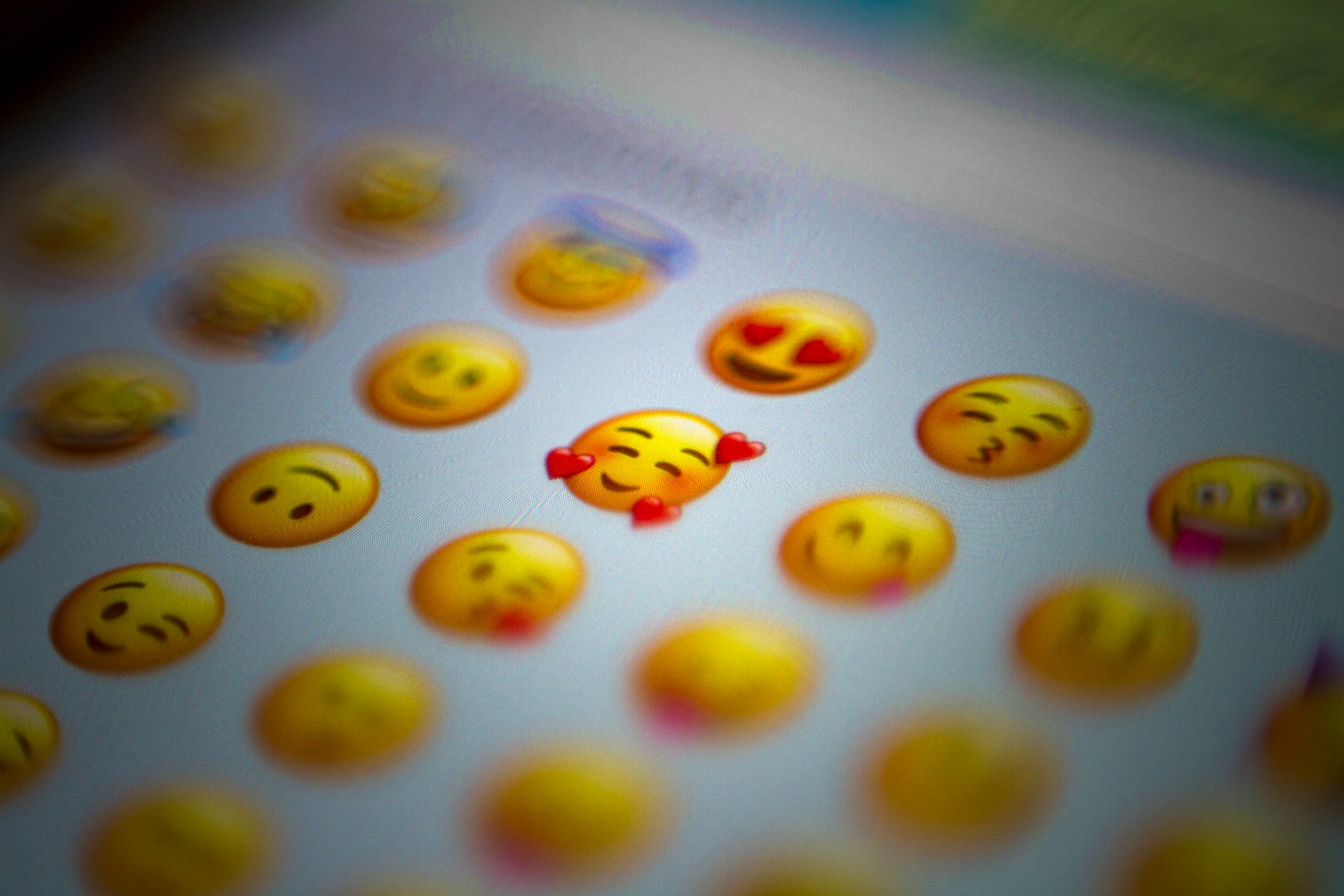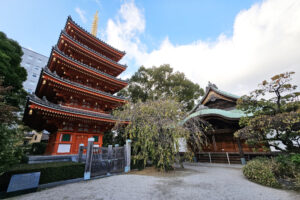In the digital age, the colorful and expressive emojis that pepper our texts and social media posts do more than just enliven our conversations. Originating in Japan, these symbols are a testament to the country’s rich history and cultural heritage, encapsulating centuries-old traditions and the essence of Japanese aesthetics within their pixelated forms. This article delves into the deep roots of emoji in Japan, tracing their evolution from local phenomena to global icons, and unraveling how these modern digital expressions serve as a contemporary lens through which ancient Japanese culture and history are revealed.
Unveiling the Past: Emoji’s Roots in Japan
The story of emoji begins in the bustling tech landscape of 1990s Japan, a period marked by rapid advancements in mobile technology. Created by Shigetaka Kurita in 1999 for the i-mode, a pioneering mobile internet platform by NTT DoCoMo, the first set of emojis was designed to facilitate quick, clear communication. This innovation was deeply influenced by Japan’s longstanding tradition of using pictographs and symbols, a practice dating back to ancient times. From the intricate Kanji characters borrowed from Chinese script to simpler Hiragana and Katakana systems, the Japanese language’s reliance on visual elements set the stage for the birth of emoji. Moreover, traditional Japanese arts, such as the detailed emblems found in family crests (kamon) and the compact poetic form of haiku, reflect a cultural penchant for conveying complex messages and emotions succinctly—a trait mirrored in the creation and use of emoji.
Exploring Emoji: From Japan to Global Stardom
Initially a novelty confined to Japanese mobile phones, emoji rapidly gained international fame in the early 21st century. This global journey began when Apple included an emoji keyboard in its iPhone software in 2011, initially intended for Japanese users but soon adopted worldwide. Google followed suit, leading to the Unicode Consortium, which standardizes text across software platforms, incorporating emoji into its coding system. This move not only preserved emoji’s compatibility across different devices and operating systems but also marked their transition from a Japanese communication tool to a global digital language. The appeal of emoji transcended linguistic barriers, allowing people worldwide to express emotions, reactions, and complex ideas through these simple, yet profound, symbols.
The Evolution of Emoji: A Cultural Journey
As emoji cemented their place in digital communication, their repertoire expanded from simple smileys and heart symbols to a diverse array of figures and icons reflecting various aspects of life, including animals, food items, cultural artifacts, and more. This expansion mirrored the global cultural exchange, incorporating elements from different cultures while also emphasizing emoji’s Japanese origins. For instance, emoji sets include traditional Japanese foods like sushi and ramen, celebrations such as the Tanabata festival, and folklore creatures like the tengu and oni. These icons not only enrich the global emoji vocabulary but also serve as digital ambassadors of Japanese culture, offering glimpses into the country’s customs, cuisine, and mythology.
Emoji Beginnings: Tracing Back to Japanese Traditions
The design and function of emoji are deeply rooted in Japan’s historical penchant for visual communication. This tradition is evident in the use of mon, or heraldic symbols, in Japanese culture, which can be considered precursors to modern emojis. Just as mon served to convey identity and social status in ancient Japan, emoji today offer a means for digital self-expression and community building. Similarly, the practice of exchanging picture-laden nengajō (New Year’s greeting cards) and the use of compact, evocative imagery in ukiyo-e woodblock prints and manga (Japanese comics) highlight Japan’s long history of combining artistry with communication, a tradition that continues in the digital age through emoji.
How Emoji Reflect Centuries of Japanese History
Beyond their use in everyday digital interaction, emoji encapsulate key aspects of Japanese history and tradition. Many emoji, such as those depicting traditional clothing (kimono), festivals (matsuri), and architectural landmarks (such as pagodas and Shinto shrines), serve as gateways to understanding Japan’s cultural heritage. These symbols not only offer a window into the aesthetic and philosophical underpinnings of Japanese society but also celebrate the country’s ability to preserve its traditions while embracing modernity. Through emoji, the samurai ethos, the zen of tea ceremonies, and the transient beauty celebrated in cherry blossom viewings are seamlessly integrated into the digital communication of the 21st century.
Unpacking the Historical Significance of Emoji
The historical significance of emoji extends beyond their visual appeal, touching on deeper aspects of communication, identity, and cultural continuity. In a world where digital technology often seems to erode cultural boundaries, emoji stand out as a counter-current, enriching online dialogue with historical and cultural depth. By incorporating symbols that reflect traditional values, beliefs, and aesthetics, emoji contribute to the preservation of cultural identity in the digital realm. They remind users of the enduring relevance of historical traditions and the ways in which these traditions can adapt, survive, and flourish in the modern world.
From their origins in Japan to their current status as global cultural artifacts, emoji represent a fascinating blend of ancient tradition and digital innovation. These symbols, rooted in centuries of Japanese history, offer more than just a means to enliven digital communication; they provide a vibrant, visual language through which the rich tapestry of Japan’s cultural heritage is both preserved and shared worldwide. As we tap our screens to send a smiling face, a cherry blossom, or a samurai warrior, we are participating in a digital dialogue that bridges eras, connecting the past with the present and future. In the realm of emojis, every character is a window into the soul of Japan, inviting users around the globe to explore and appreciate the enduring legacy of its culture and history.








